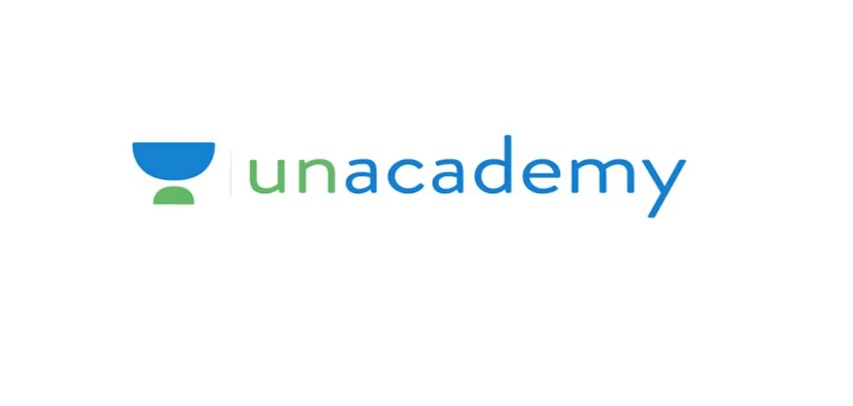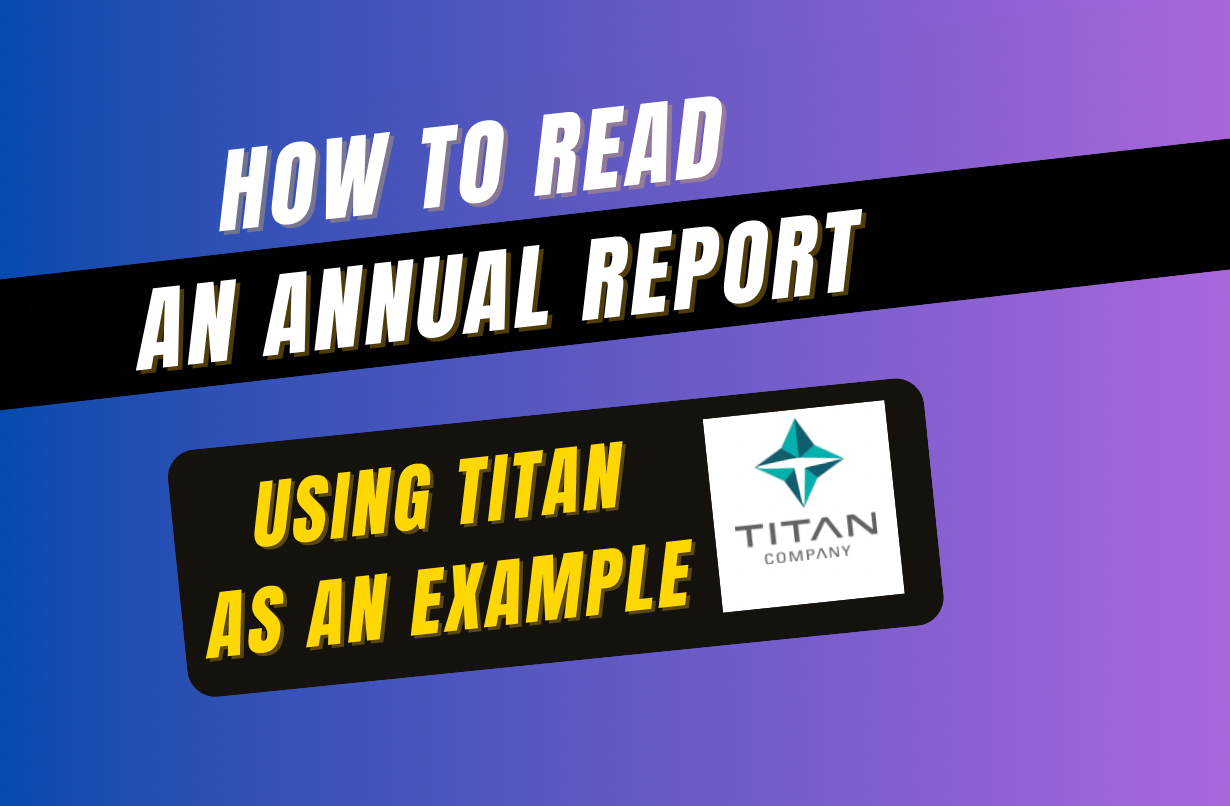With more than 6 million monthly active users (MAUs), ed-tech giant Unacademy recently raised $440 million in its Series H round. This round propelled Unacademy’s valuation to $3.4 billion, up 70% from its $2 billion in valuation nearly eight months ago.
What started as a YouTube channel covering essential topics for UPSC exam aspirants. It is now a thriving platform with 50,000+ registered educators, 6,00,000 paid subscribers, and courses across 60+ exam categories. Unacademy started in 2016 and has undoubtedly come a long way.
Let’s take a closer look at Unacademy’s business.
Understanding Unacademy
Unacademy operates primarily in the test-prep segment and the K-12 coaching segment. Other than these, Unacademy operates Codechef (a competitive programming platform), Graphy (a platform to create and sell online courses) and Relevel (tests and hiring). Of these, the test-prep business is by far the biggest and what Unacademy is known for.
The test-prep segment operates on a subscription model (Unacademy Plus). The subscription model helps Unacademy generate stable revenues and enables the company to fully monetize an exam aspirant’s preparation journey.
The company has recently reported recording Annualized Recurring Revenue (ARR) of ~$200 million for the test-prep business and ~$18 million for the K-12 business.
Registration Open - Analyst Program Click here
Building an Academy
When Unacademy raised seed funding, their goal was to convert the success of their YouTube channel into a platform dedicated to test preparation. Although Unacademy developed the website quickly, monetization was not easy.
Unacademy started with free courses, enabled students to donate to educators on the platform. To generate revenue, they took a cut (~30-40%) of each donation. Many platforms (including YouTube) have done this.
However, Unacademy faced a problem that others didn’t: retaining quality educators.
In the test preparation industry, offline coaching institutes were known for poaching top educators from each other by offering attractive compensation. When educators on Unacademy received such offers, Unacademy couldn’t one-up these offers to retain them because their business model didn’t support it.
Without the best educators on the platform, Unacademy had no chance of standing out.
So, Unacademy pivoted.
Unacademy bundled the best teachers for any exam and positioned the bundle as a cheaper, more accessible offering compared to offline coaching centres while having the best teachers. Unacademy’s exam bundles could cost around 30% of what an offline coaching centre would charge.
On top of this, offline coaching centres would involve costs for travel and accommodation. In terms of access, perhaps the most significant advantage for Unacademy is that even students from remote places can easily access courses from the best teachers, which was previously impossible. No wonder then that Unacademy is a big hit in Tier-2 and Tier-3 cities.
At this point, Unacademy still relied on pre-recorded videos. As demand for live classes grew, the company tried an experiment: they enabled educators to offer live classes and charge for it (if they wanted). The platform would take a ~60% cut of this fee for distribution and guaranteeing students (with a sales team).
The trick here was that Unacademy didn’t limit the number of students in a live class. This allowed the company to generate massive gross margins given the low incremental cost of having an additional student in the class.
Zooming Out
No sector has been discussed more than ed-tech since the pandemic began. This is reflected in the fact that from March 2020 to September 2021, venture capital and private equity funding reached ~$6 billion in India.
In FY21, Indian ed-tech raised $3.8 billion in funding, compared to <$1 billion in funding in 2019. Clearly, ed-tech has been the big winner of the pandemic.
There’s another reason ed-tech in India, mainly, has been on fire. In mid-2021, China cracked down on profit-making ed-tech firms, immediately repelling investors away from education in China. This made the Indian ed-tech market even more attractive.
FY21 saw consolidation in the Indian ed-tech space. Ed-tech acquisitions were all the rage last year. Armed with massive war chests, players made it seem like a gold rush in ed-tech; some described this as a “land-grab”.
Unacademy, which started in the test prep segment, expanded into K-12 with acquisitions like Swiflearn and Mastree. Unacademy has added multiple languages (to improve accessibility) and difficulty levels (beginner to advanced) even within test-prep.
Players have been acquiring their way into other ed-tech segments to chase growth at all costs. This is not just to capitalize on the pandemic’s opportunities but also the VC calculus. Funding rounds have seen valuations soar for ed-techs across the board. These valuations put pressure on the companies to scale rapidly. Developing product, tech, and distribution from scratch would take too much time: that is why more prominent ed-tech players have been engaging in a game of Pac-man, absorbing smaller ed-tech businesses left, right, and centre.
When asked about how Unacademy would utilize the new funds, the founder described plans to build new business lines like jobs and hiring (Careers and Relevel), scale the test preparation business globally, affordable live classes for the K-12 segment (where it will compete with Byju’s). This details Unacademy’s ambitions to grow beyond ed-tech (K-12 and test prep) into careers and upskilling (where it will compete with UpGrad).
Unacademy – The Numbers
Unacademy reported FY21 operating revenue of ~₹397 crores, which grew 515% from the ~₹65 crores reported revenue from operations in FY20. This was expected. Unacademy is now doing $200 million in annualized recurring revenue (ARR) for the test-prep business and $18 million ARR for the K-12 business. At this rate, revenue for FY22 would be ~4x of FY21 numbers.
Expenses have grown on a similar scale, too. The biggest expense in FY21 was employee benefit expenses at ₹541 crores (up 524% from FY20). Unlike in FY21, educator payments were the biggest expense line item in FY20 (₹136 crores in FY20, up 297% to ₹541 crores in FY21).
As expected, sales and marketing expenses have grown 266%, from ₹113 crores in FY20 to ₹414 crores in FY21. Unacademy has been on an advertising blitz over the last year to support its growth. While Byju’s acquired the sponsorship rights to the Indian cricket team from Oppo in 2019, Unacademy became an official partner of the IPL in 2020. Besides these campaigns, videos on Unacademy’s YouTube channels remain a major source of leads.
Despite being a high gross margin business, Unacademy’s losses have scaled too. Unacademy reported losses of ₹258 crores in FY20, which grew 494% to ₹1,537 crores in FY21. That is, Unacademy incurred nearly ₹4 in losses for every ₹1 in operating revenue for both FY20 and FY21.
What about valuations?
At an ARR of $218 million (August 2021), Unacademy’s $3.4 billion valuation. This implies an ARR multiple of ~15.6x, which is pricey.
However, Unacademy’s losses hide more than they reveal. With high margins, profitability at the unit level is the right metric to track. In an interview, the founder revealed that Unacademy had been profitable in categories that they had entered more than a year ago. On a cash flow level, Unacademy takes about 8 to 10 months to generate cash from the time it enters a category. So, after initial costs involved in setting up categories, it stands to reason that Unacademy could generate massive cash flows.
Despite these bets, the critical question with Unacademy is: how many of these bets can move the needle significantly? The K-12 business currently does $18 million in ARR, but will it be the growth engine Unacademy needs? Expansion into K-12 will not be easy, the segment is crowded, and the financial might of Byju’s is unparalleled.
Further, what happens when the tailwinds from the pandemic subside? Current valuations do not leave much room for error; how sticky are students who rushed to ed-tech platforms like Unacademy during the pandemic? What is stopping (at least some of) them from switching back over to traditional offline educational institutes?
Exciting times ahead, that’s for sure.
Story Contributors: Hardik Goyal and Parth Parikh
Other Trending Posts in this Series – Media & Entertainment Industry | HUL | Tesla Valuation
To stay updated about all of our posts on Businesses and Finance Careers – register and create a free account on our website. You will also get access to a free Finance Bootcamp course once you register. Also subscribe to our Newsletter for some interesting articles in your inbox.











